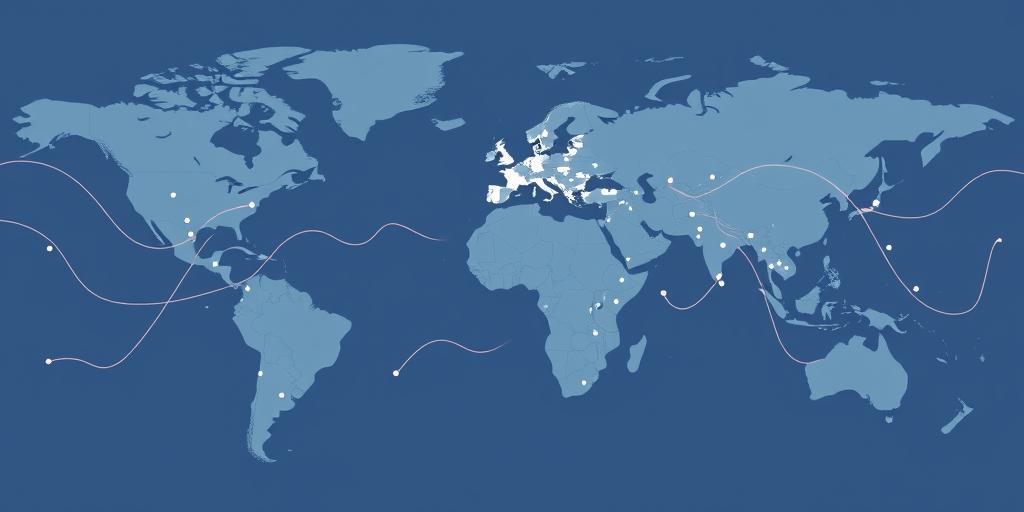Economic Geography of Migration and Labor Markets
The economic geography of migration and labor markets is a multifaceted field that explores the spatial distribution and dynamics of human mobility and employment opportunities. It examines how economic forces influence migration patterns, and conversely, how migration shapes regional labor markets and economic landscapes.
Key Concepts
- Labor Market Dynamics: Labor markets are not uniform across space. They vary significantly in terms of wage levels, job availability, skill requirements, and industry composition. These spatial disparities create incentives for individuals to migrate from areas with limited opportunities to regions offering better prospects.
- Migration Flows: Migration, both internal (within a country) and international, is a critical mechanism for adjusting labor supply and demand imbalances. Migration flows are influenced by a complex interplay of factors, including economic incentives, social networks, government policies, and individual characteristics.
- Spatial Equilibrium: In an idealized world, labor markets would adjust to eliminate spatial wage differentials through migration. However, various frictions, such as moving costs, information asymmetry, and institutional barriers, prevent complete equilibration. Understanding these frictions is crucial for analyzing real-world migration patterns.
Factors Influencing Migration
- Economic Opportunities: Wage differentials, employment rates, and career advancement prospects are primary drivers of migration. Regions with robust economic growth and high demand for labor tend to attract migrants.
- Social Networks: The presence of established social networks in destination areas can significantly reduce the costs and risks associated with migration. Migrants often rely on friends and relatives for information, assistance, and initial settlement support.
- Government Policies: Immigration policies, labor market regulations, and regional development initiatives can influence migration flows. For example, policies that facilitate the recognition of foreign qualifications can encourage skilled migration.
- Amenities and Quality of Life: Beyond economic factors, amenities such as climate, cultural attractions, and access to education and healthcare can influence migration decisions, particularly for high-skilled workers and retirees.
Impact of Migration on Labor Markets
- Wage Effects: Migration can have complex effects on wages in both sending and receiving regions. In-migration may increase labor supply and put downward pressure on wages, while out-migration may reduce labor supply and increase wages. However, the actual impact depends on the skill composition of migrants and the elasticity of labor demand.
- Employment Effects: Migration can also affect employment levels and unemployment rates. In-migration may create new job opportunities, but it can also increase competition for existing jobs. The net effect on employment depends on the ability of the economy to absorb new workers.
- Skill Composition: Migration can alter the skill composition of the labor force in both sending and receiving regions. Selective migration, where individuals with specific skills or education levels are more likely to migrate, can lead to skill imbalances and brain drain in sending regions.
Current Trends and Challenges
- Globalization and Migration: Increased globalization has led to greater international migration flows, driven by factors such as trade liberalization, technological advancements, and demographic shifts.
- Urbanization and Internal Migration: Urban areas continue to attract migrants from rural areas, seeking better economic opportunities and access to services. This urbanization trend poses challenges for infrastructure development, housing affordability, and social integration.
- Migration and Inequality: Migration can exacerbate income inequality if migrants are disproportionately employed in low-wage sectors or face discrimination in the labor market.
Conclusion
The economic geography of migration and labor markets provides a valuable framework for understanding the spatial dynamics of human mobility and employment. By analyzing the factors that drive migration and the impacts of migration on labor markets, policymakers and researchers can develop strategies to promote efficient labor allocation, reduce regional disparities, and maximize the benefits of migration for both individuals and economies.









